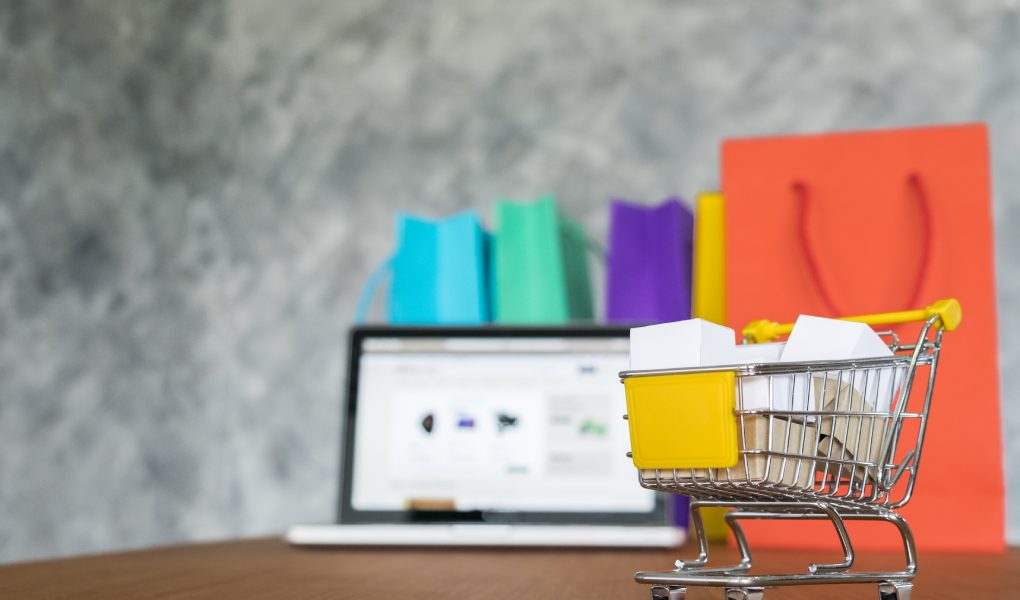Personalization
Gartner predicts that by 2022, smart personalization algorithms will help e-commerce increase revenue by 15%. I can already find confirmation of this conclusion.
The homepage of online clothing retailers is adapting to weather conditions. This simple, at first glance, personalization of the service brought the company 5 million euros in revenue.
As for physical stores, they can implement such a service using the Beacon technology introduced by Apple in 2013. This is a network of beacons installed in the supermarket. It uses Bluetooth to broadcast targeted alerts to users. The main thing is that the company’s application is launched on smartphones.
Beacon can send discounts, promotions, or other alerts while the user is in the supermarket. Macy’s already does this by sending push notifications to visitors who have the company’s app installed.
Urban Outfitters, a youth clothing brand, has gone one step further by using beacons paired with content generated by the company’s audience. Once in the store, the customer receives a push notification with a personalized discount. To activate it, he must post on social networks with a hashtag or store geotag.
“Smart” Stores
In 2019, retail giants tested and implemented smart stores in their networks. Walmart April opened its first supermarket in this format, in which computer vision monitors the freshness of goods. Amazon plans to develop the Amazon Go network and, by 2021, open 3,000 more outlets.
Europe is also trying to keep up. A smartphone camera experiment recognizing faces and purchased products was recently launched at Tesco. A full-fledged robotic supermarket in the British may appear as early as next year. Similar technologies are being tested by French retail giant Carrefour and Israeli chain Shufersal.
Chinese smart stores from Tencent are equipped with QR code payment and computer vision, eliminating the need to scan products. 7Fresh digital supermarkets from Alibaba’s main competitor, JD.com, offer not only the absence of cashiers but robot carts that follow the customer.
Stores without cashiers, biometric payment, and computer vision systems that recognize faces and products will soon begin testing more traditional retail chains.
Omnichannel Or Harmonious Retail?
Brands have realized that the most profitable customer communication strategy is to be where potential customers are and offer them the same positive shopping experience across all channels.
Analysts at Axios magazine believe that the future retail will be based on a hybrid model, where offline and online stores coexist on an equal footing.
He calls not to divide the shopping experience into channels but to understand that mixing media is the only way customers come.
Traditional retailers such as Best Buy, Target, and Walmart have faced concerns that the rise of e-commerce will render their models obsolete. And now, they are taking a “harmonious” approach: improving their digital capabilities and not trying to be everywhere anymore, paying attention to what their customers do not like and working on it.
At the same time, vertical digital companies such as Warby Parker, Casper, Bonobos, Away, and Wildberries in Russia are using the same approach to expand offline.



